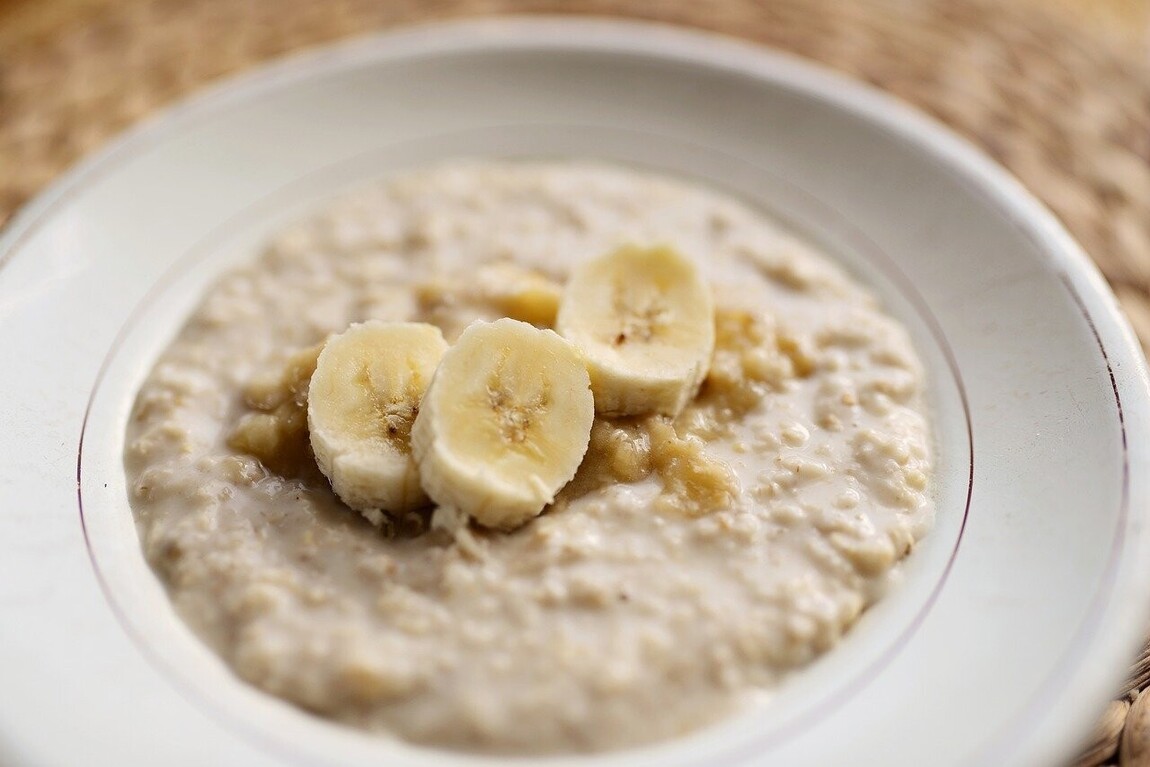
posted 25th August 2024
உறவுகளின் துயர் பகிர்வு

Five Foods that have lowering blood cholesterol - lowering properties - How do they work? And How can we incorporate them with our foods?
Cholesterol is a vital substance in our bodies, essential for building cells and producing certain hormones. However, maintaining balanced cholesterol levels is crucial for overall health. High levels of LDL cholesterol, often referred to as "bad" cholesterol, can lead to the buildup of fatty deposits in the arteries, increasing the risk of heart disease, stroke, and other cardiovascular conditions. Conversely, HDL cholesterol, known as "good" cholesterol, helps transport excess cholesterol away from the arteries to the liver for excretion. Therefore, understanding why we need to reduce cholesterol, particularly LDL, is key to promoting heart health and preventing serious health complications.
1. Oats
How does it work?
Oats are rich in soluble fiber, specifically beta-glucan. Soluble fiber helps reduce the absorption of cholesterol into the bloodstream. Consuming 5 to 10 grams of soluble fiber a day can decrease your LDL cholesterol (the "bad" cholesterol). A bowl of oatmeal provides about 2 grams of soluble fiber.
2. Fatty Fish
How does it work?
Fatty fish like salmon, mackerel, and sardines are high in omega-3 fatty acids. Omega-3s help lower blood triglyceride levels, reduce blood pressure, and decrease the risk of developing blood clots. They also help increase HDL cholesterol (the "good" cholesterol) and can reduce inflammation.
3. Nuts
How does it work?
Nuts such as almonds, walnuts, and pistachios contain healthy fats, fiber, and plant sterols. These components can help lower LDL cholesterol. Plant sterols mimic cholesterol in the digestive system, reducing cholesterol absorption. The fiber in nuts also helps in reducing cholesterol levels.
4. Olive Oil
How does it work?
Olive oil is high in monounsaturated fatty acids, which can help reduce LDL cholesterol levels. It also contains antioxidants that help protect the cardiovascular system. Replacing saturated fats with healthier fats, like those found in olive oil, can lower LDL cholesterol and maintain or increase HDL cholesterol.
5. Legumes
How does it work?
Legumes, including beans, lentils, and chickpeas, are high in soluble fiber, which helps lower cholesterol levels. They also provide plant-based protein and are low in saturated fat. The fiber in legumes helps reduce the absorption of cholesterol in the intestines.
How to Incorporate These Foods:
1. Oats: Start your day with a bowl of oatmeal topped with fruits and nuts.
2. Fatty Fish: Aim to eat fatty fish at least twice a week. Try grilled salmon or sardine salads.
3. Nuts: Snack on a handful of nuts or add them to salads and yogurt.
4. Olive Oil: Use olive oil in place of butter or other oils for cooking and dressings.
5. Legumes: Incorporate beans, lentils, and chickpeas into soups, salads, and main dishes.
In conclusion, managing cholesterol levels is an integral part of maintaining cardiovascular health and preventing life-threatening conditions. By focusing on reducing LDL cholesterol and increasing HDL cholesterol through dietary choices, regular exercise, and lifestyle changes, we can significantly lower the risk of heart disease and stroke. Incorporating heart-healthy foods such as oats, fatty fish, nuts, olive oil, and legumes can make a profound difference. Prioritizing cholesterol management not only enhances our well-being but also contributes to a longer, healthier life.
Therefore, by regularly including these foods in your diet, you can help manage and reduce your cholesterol levels naturally.

















